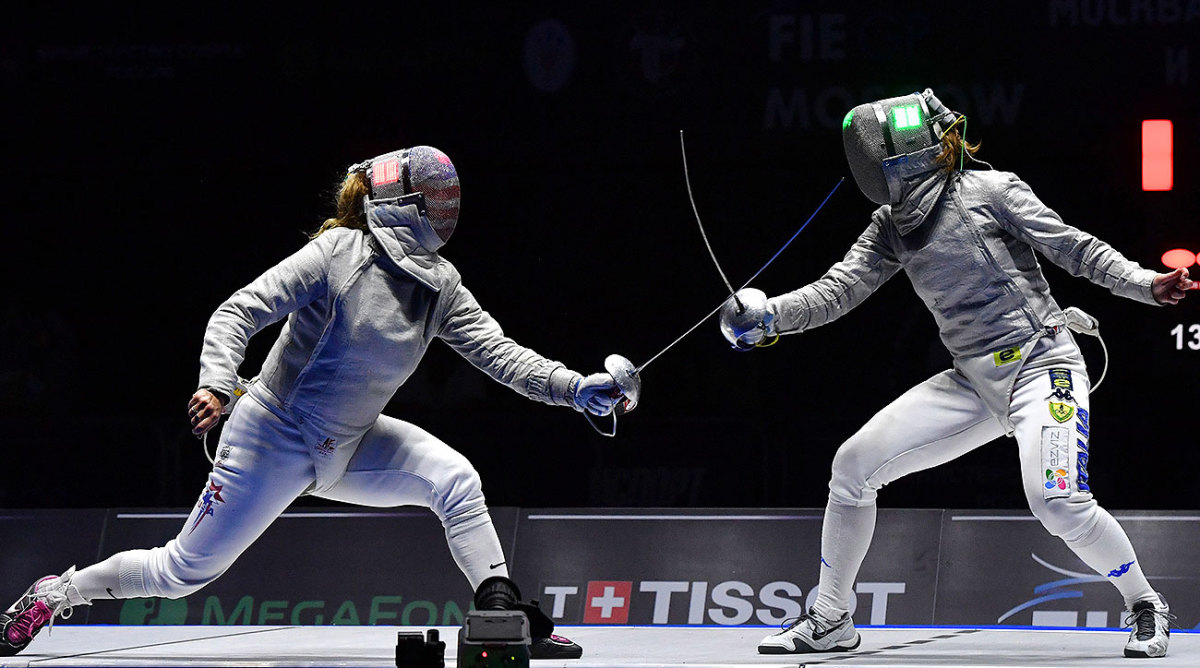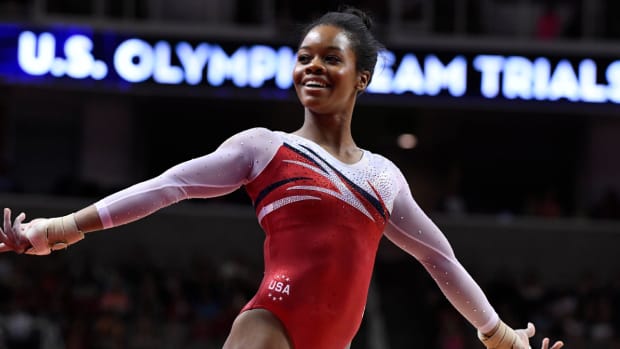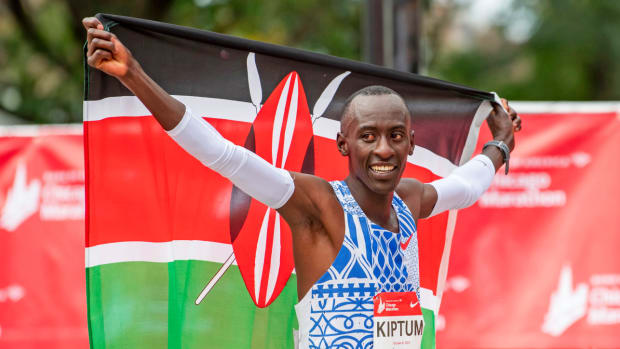U.S. looks to take its place among fencing elite at Rio Olympics
There are five sports that have been contested at every Olympics since the inaugural Games in 1896, and one of them is fencing. An art originating in Spain in the 1400’s, it was adopted and refined into the sport we watch today by the Italians and the French. It’s no coincidence that today Italy and France remain the gold standard, having won the most medals in the event with 121 (Italy) and 115 (France) respectively.
At the 2012 games, Italy bested their competitors with seven total medals while France left empty-handed. But in Rio, France is looking to return to prominence, while the United States, which won only one medal—bronze in women’s team epee—at the London Games, will be looking to establish themselves as world powers.
Team USA hasn’t won a men’s fencing medal since 1904, but their 2016 Olympic team might be the strongest yet. The U.S. should contend for medals in each individual discipline, as well as in the men’s foil, women’s epee and women’s sabre team events. Alexander Massialas, the No. 1-ranked foil in the world, will be the best hope for gold. The women’s U.S. team is anchored by two-time Olympic gold medalist Mariel Zagunis, who’s a medal favorite in sabre. The most decorated fencer in American history, Zagunis was chosen as a U.S. flag bearer for the 2012 Olympic Opening Ceremonies.
Olympic media roundtable: Concerns and thoughts about 2016 Rio Games
The women of Team Italy are lead by Arianna Errigo (foil), who has been among the top four in the world rankings every year dating back to 2008. After leaving London with the silver, she’s looking to add an individual gold medal to her résumé. Rossella Fiamingo (Épée), a quarterfinalist in London and now two-time defending world champion, also has her eyes set on gold.
For the men, Enrico Garozzo, a first time Olympian in the epée, is the next star of Italian fencing. To date, his highest individual placing is third at the 2014 world championship. In the sabre, Diego Occhiuzzi and Aldo Montano finished second and third in 2012; they’ll be pushing each other (and the rest of the field) to their highest points in pursuit of the gold.
Leading the French resurgence is Grumier Gauthier (Épée). The world épée No. 1 finished first at the 2015 European championships and second at world Championships but will be competing in the Olympics for the first time. Along with fellow top ten countrymen Daniel Jérent and Yannick Borel, they make up the team epée that ranks No. 1 in the world.
The Longest Run: Olympics about more than winning for Refugee team
In fencing, there are three categories: Foil uses a thrusting weapon, and the valid target area is the torso while double touches are not allowed; Épée uses a thrusting weapon, and the valid target area covers the entire body and double touches are allowed; and Sabre uses a light cutting and thrusting weapon, and the valid target area includes everything above the waist (excluding the back of the head and hands) but double touches are not allowed.
The rules are simple. In individual play, the fencers will face off in three periods of three minutes, or until one fencer has scored 15 hits. In team play, there are nine rounds of three minutes each, to a maximum of 45 hits. In the case of a tie, one person/team will be randomly given priority then one final round of one minute will ensue. The first person to score wins, however, if neither side scores then the automatic victor is the one with priority.
After the Lightning: Track and field’s newest stars ready for the spotlight
Aside from the previously mentioned Italian and French athletes, here are some additional fencers to watch in Rio:
Athletes to watch
Men
Alexander Massialas, USA, Foil
Fencing runs in Massialas’s blood, as his father was a three-time U.S. Olympian in fencing. Massialas represented the U.S. at the 2012 Olympics, finishing 13th as an 18-year-old (he was the youngest male athlete on Team USA in London), but he enters the Rio Games as the No. 1-ranked foil in the world, making the Stanford junior a favorite for a medal.
Áron Szilágyi, Hungary, Sabre
The reigning Olympic sabre gold medalist, Szilágyi has been a mainstay among the top three in the world rankings since 2011. He won gold at the European championships in 2015, and heads into Rio as a strong favorite to make the podium.
Women
Sarra Besbes, Tunisia, Épée
A quarterfinalist in the 2012 Games, she is the eight-time defending Africa champion in this event. Besbes won bronze at the 2015 world championships, and will look to better that in Rio.
Ibtihaj Muhammad, USA, Sabre
Muhammad will make history at the Rio Olympics by becoming the first U.S. athlete to compete wearing a hijab. The 30-year-old competed collegiately at Duke University, where she was a three-time NCAA All-America, and she has won five medals (2011–15) representing the U.S. internationally in the team event. After missing out on the 2012 Olympics with a hand injury, Muhammad could be a podium threat in Rio.
• MEET TEAM USA: Fencers Mariel Zagunis and Ibtihaj Muhammad
Gold-medal dates
Men’s foil individual—Aug. 7
Men’s epee individual—Aug. 9
Men’s sabre individual—Aug. 10
Men’s foil team—Aug. 12
Men’s epee team—Aug. 14
Women’s foil individual—Aug. 10
Women’s epee individual—Aug. 6
Women’s sabre individual—Aug. 8
Women’s epee team—Aug. 11
Women’s sabre team—Aug. 13





